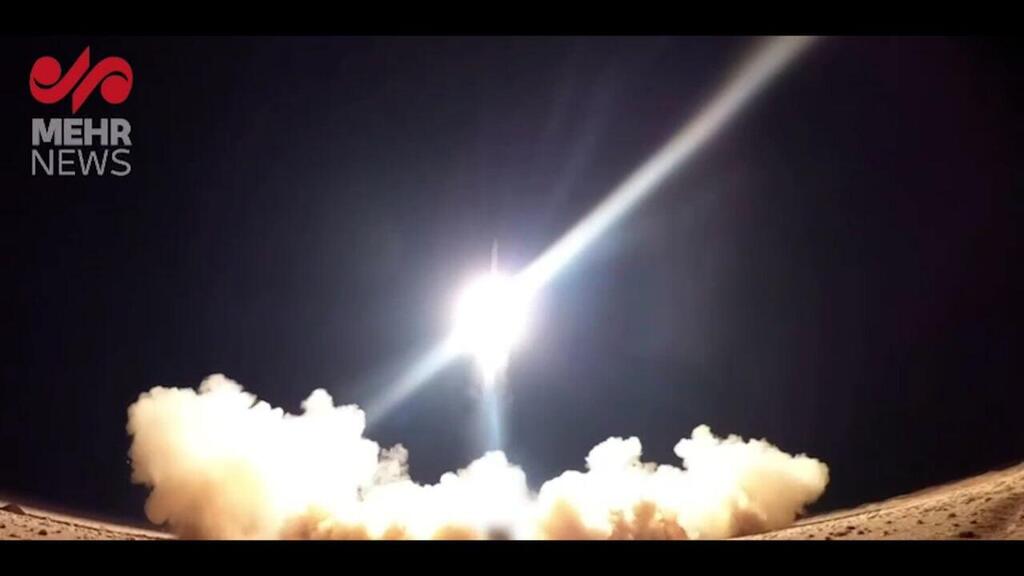Getting your Trinity Audio player ready...
Iran has been conducting tests of its ballistic missile launch capabilities after its failed performance in the missile strike on Israel in April, Western intelligence officials said.
In the attack that was launched to retaliate for the killing of a senior member of the Iranian Revolutionary Guard Corps (IRGC) in Damascus, 50% of the missiles fell out of the sky even before being intercepted, shocking the regime in Tehran. Most of the rest were shot down by the IDF and a U.S.-led coalition of regional nations.
The Iranians launched ballistic missiles with a range of 700 kilometers (435 miles) within its territory to ensure that they are in good working order. This reportedly is an indication that another attack is being planned, this time to retaliate for the assassination of senior Hamas political leader Ismail Haniyeh in Tehran in July.
A senior American official said the Biden administration believes the regime in Tehran is intimidated by the large-scale U.S. troop deployment in the area and therefore has not yet retaliated for the assassination of Haniyeh in Tehran.
The Americans have deployed two aircraft carriers, a nuclear submarine and an F-22 squadron to the region.
Iran wants to be sure of success the next time it strikes Israel and was planning a more extensive attack than the one carried out last April.
The officials said that at first the leaders in Iran believed their attack was successful and that Israel was not telling the truth when it reported that no missiles had caused any substantial damage, but realized the extent of the failure over time.
Analysts at the James Martin Center for Nonproliferation Studies examined the Iranian strike on the Nevatim Air Base. They believe Iran used its Emad missile, a variant of the country’s Shahab-3 missile built from a North Korean design, AP reported earlier this month.
2 View gallery


An Iranian missile intercepted and lands near the Dead Sea last April
(Photo: Alon Ben Mordechai / Reuters)
"Assuming Iran targeted Israeli F-35I fighter jet hangars, the James Martin analysts measured the distance between the hangars and the impact zones of the missiles. That gave an average of about 1.2 kilometers (0.75 miles) for the “circular error probable” – a measurement used by experts to determine a weapon’s accuracy based on the radius of a circle that encompasses 50% of where the missiles landed," according to the AP report.
"That’s far worse than a 500-meter (1,640-foot) error circle first estimated by experts for the Emad. Iran separately advertised the Emad to potential international buyers as having a 50-meter (164-foot) circle," according to the report.
After UN sanctions on Iran ended in 2020, Tehran offered the Emad missile to potential buyers as a system with a 502 meter (54 yard) accuracy, said Fabian Hinz of the International Institute for Strategic Studies.
The outcome of the April attack on Israel showed the Emad was far less accurate. Its poor performance could be attributed to the electronic warfare used to thwart the attack, to an intentionally caused malfunction, or to bad engineering of the missile and the distances it was meant to navigate.
Iran's Supreme Leader Ali Khamenei hinted at his country's failure in the April attack, saying the number of missiles that hit their target was of only secondary importance. The main thing, he said, was that the Iranian nation and its military were on the world stage.



